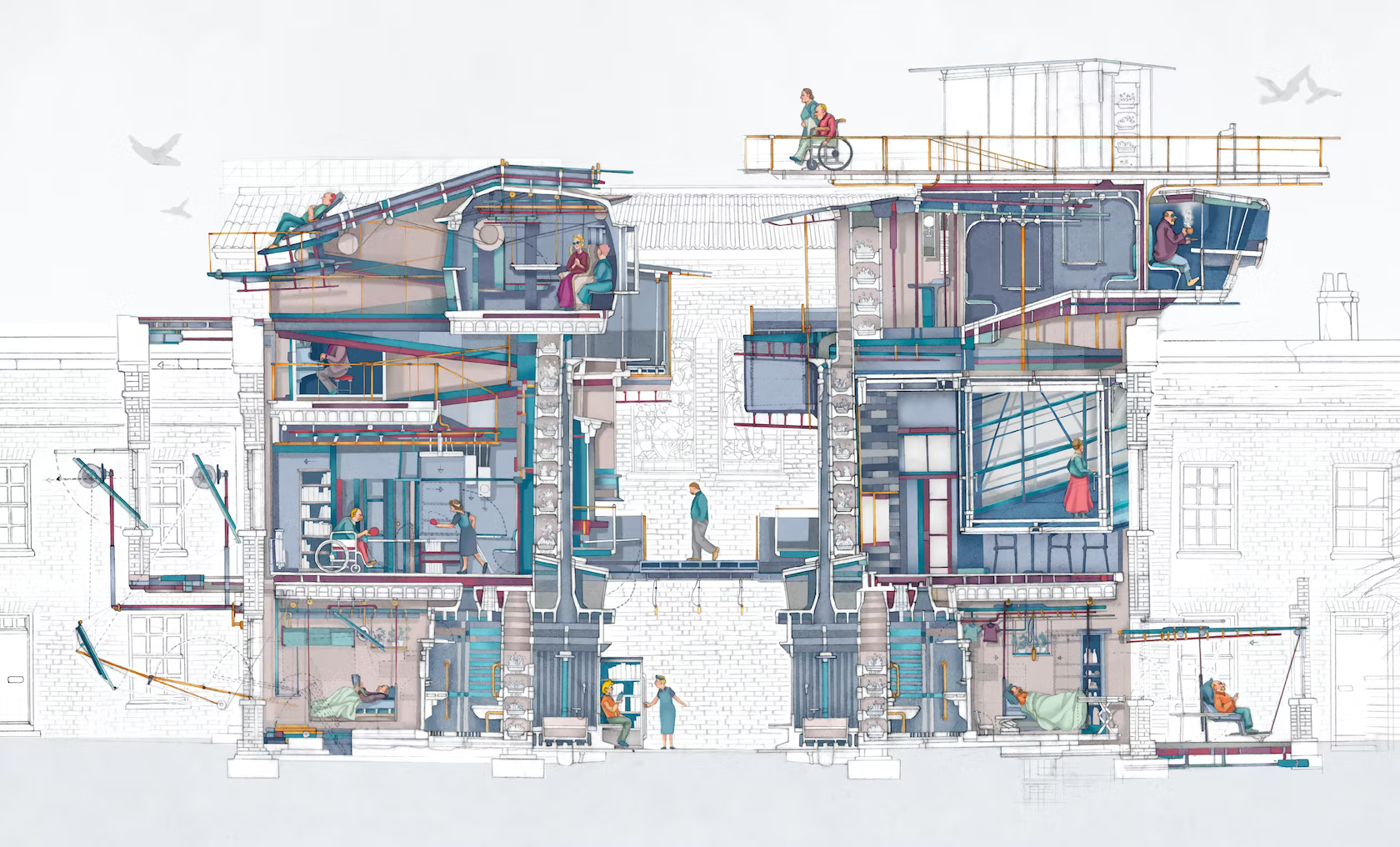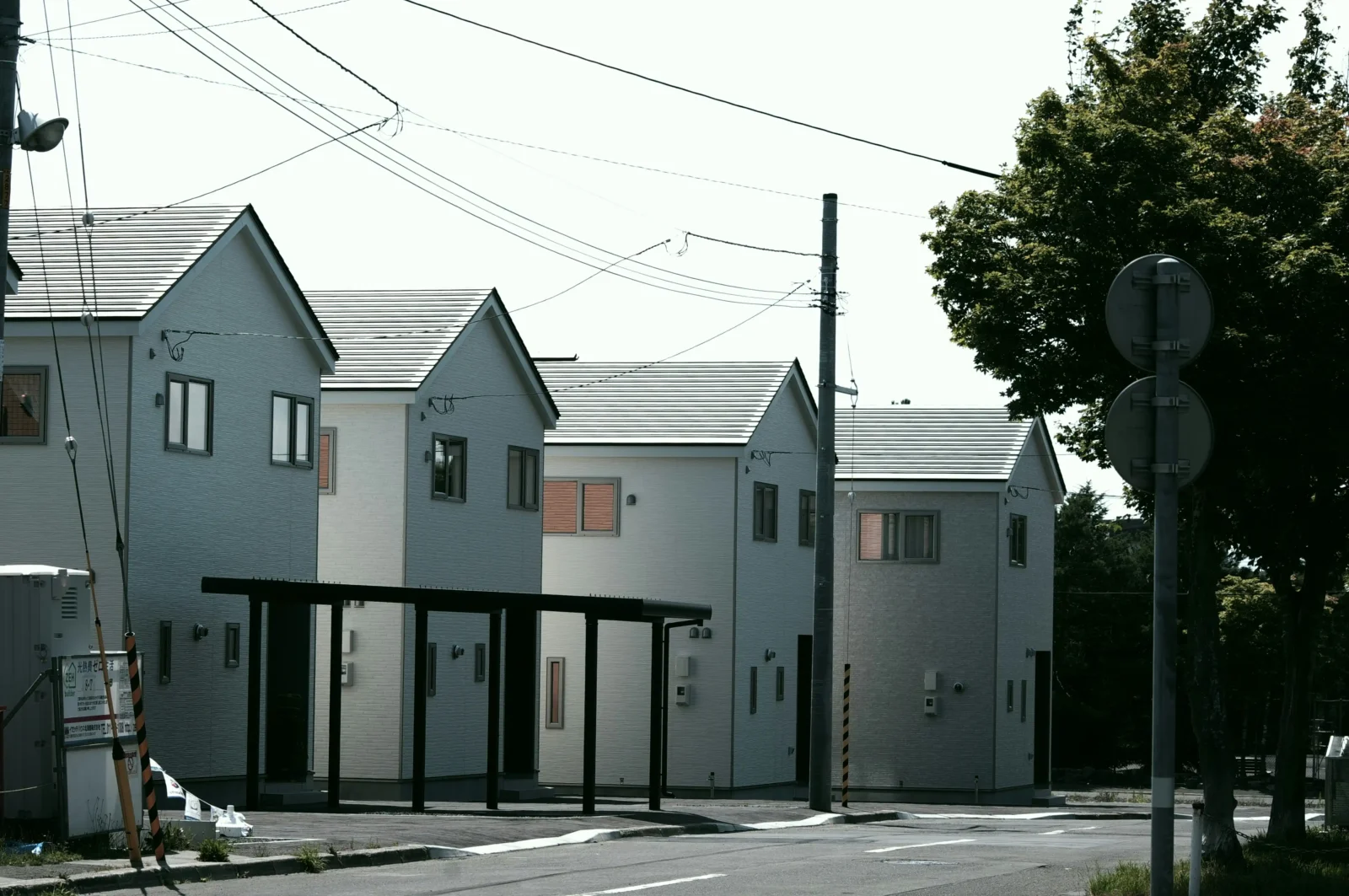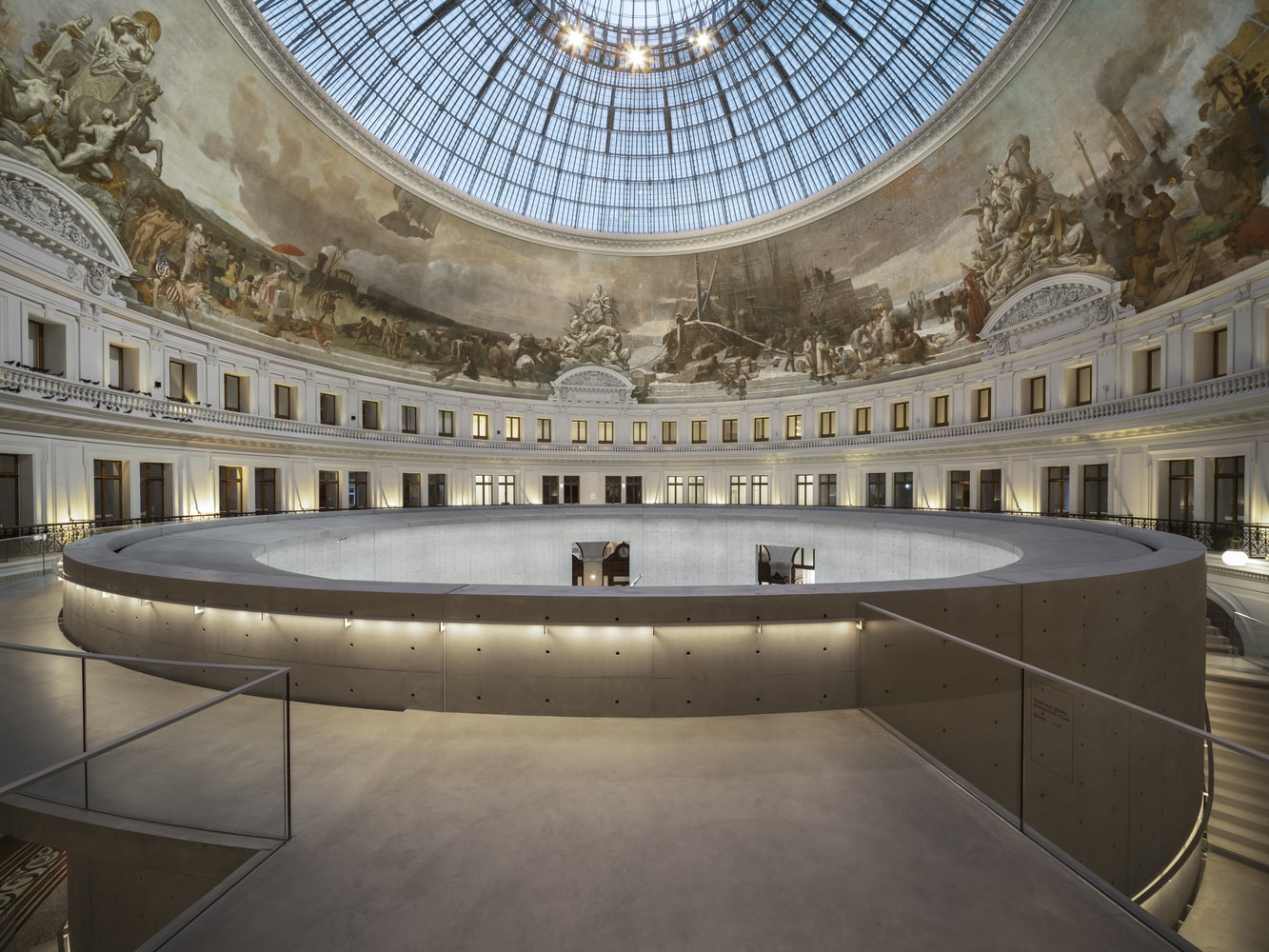- Home
- Articles
- Architectural Portfolio
- Architectral Presentation
- Inspirational Stories
- Architecture News
- Visualization
- BIM Industry
- Facade Design
- Parametric Design
- Career
- Landscape Architecture
- Construction
- Artificial Intelligence
- Sketching
- Design Softwares
- Diagrams
- Writing
- Architectural Tips
- Sustainability
- Courses
- Concept
- Technology
- History & Heritage
- Future of Architecture
- Guides & How-To
- Projects
- Interior Design
- Competitions
- Jobs
- Store
- ToolsNew
- More
- Home
- Articles
- Architectural Portfolio
- Architectral Presentation
- Inspirational Stories
- Architecture News
- Visualization
- BIM Industry
- Facade Design
- Parametric Design
- Career
- Landscape Architecture
- Construction
- Artificial Intelligence
- Sketching
- Design Softwares
- Diagrams
- Writing
- Architectural Tips
- Sustainability
- Courses
- Concept
- Technology
- History & Heritage
- Future of Architecture
- Guides & How-To
- Projects
- Interior Design
- Competitions
- Jobs
- Store
- ToolsNew
- More

What is Architectural Storytelling and How Can it Help Market Your Project?
Architectural storytelling is an innovative way of marketing projects by combining storytelling and visuals to create a unique experience for the audience. It allows architects to showcase their projects in a more engaging way, making it easier for potential buyers to understand what the project is about.
By using architectural storytelling tools such as story marketing, visual storytelling, and other creative techniques, architects can create captivating stories that will help them market their projects in a more effective manner. Architectural storytelling can help bring projects to life and make them stand out from the competition.

How to Use Visual Storytelling to Capture the Attention of Your Audience
Visual storytelling is an effective way to capture the attention of your audience and communicate your message in a more impactful way. From using 3D visualization software and 3D rendering software, to architectural renderings services, there are many tools available to help you create compelling visuals that will engage your audience.

By utilizing visual storytelling tools, you can create stunning visuals that will draw in your viewers and make them more likely to take action. Whether you’re looking for a way to stand out from the competition or just want to give your content an extra boost, visual storytelling can be a great asset for any business.
Exploring Creative Ways to Use Architectural Storytelling Tools for Maximum Impact
Architectural storytelling is a powerful tool that can be used to create immersive and engaging experiences. By using virtual reality, interactive 3D models, and augmented reality architecture, architects can create stories that bring their designs to life.

These creative tools allow architects to communicate complex ideas in a way that is both visually appealing and easy to understand. Through these tools, architects can demonstrate the potential of their designs by providing an interactive experience for viewers.
By exploring creative ways to use architectural storytelling tools, architects can maximize the impact of their work and create meaningful experiences for their audiences.
The Benefits of Using Architectural Storytelling Tools in Marketing Your Projects
Architectural storytelling tools are becoming increasingly popular in the marketing industry. These tools allow marketers to create immersive marketing experiences for their projects, such as virtual tours of architecture. By using these tools, marketers are able to provide a more engaging experience for their audience and build trust with potential customers.

The benefits of using architectural storytelling tools in marketing projects are numerous. They allow marketers to create interactive experiences that bring their projects to life and make them more appealing to potential customers. Additionally, these tools can help marketers save time and money by automating some of the tasks involved in creating marketing campaigns. With architectural storytelling tools, companies can create memorable experiences that will help them stand out from the competition.
What are the Best Architectural Storytelling Tools Available in the Market?
Architects have to tell stories through their designs. They need to convey the beauty, functionality and purpose of their projects. To do this effectively, architects must use the right tools for visual story telling.

The best architectural storytelling tools available in the market today allow architects to create realistic 3D models of their projects, generate stunning visuals and animations, and render detailed images that capture the essence of their designs. These tools can be used for both digital and physical presentations, allowing architects to effectively communicate their ideas to clients or colleagues. From 3D modeling software to architectural rendering software, these tools provide a wide range of features that make it easy for architects to create compelling stories about their projects.

You can also tell your story with the effects of materials that you have used in your projects. Like moodboards, architects can tell their project’s story with beautiful materials in real life.

Submit your architectural projects
Follow these steps for submission your project. Submission FormLatest Posts
5 Ways Murphy Beds Transform Small Apartments Into Functional Homes
Living small does not mean living cramped. It means making smart choices....
The Silence of Concrete: Ando’s Minimalism in the Heart of Paris
Tadao Ando transformed the historic Bourse de Commerce in Paris into a...
How Real-Time Security Guard Tour Systems Work
In our world today, where security is highly regarded, security is our...
Key Steps to Modernizing the Exterior of Any Residential Property
The exterior of a home shapes the first impression for guests and...












Leave a comment